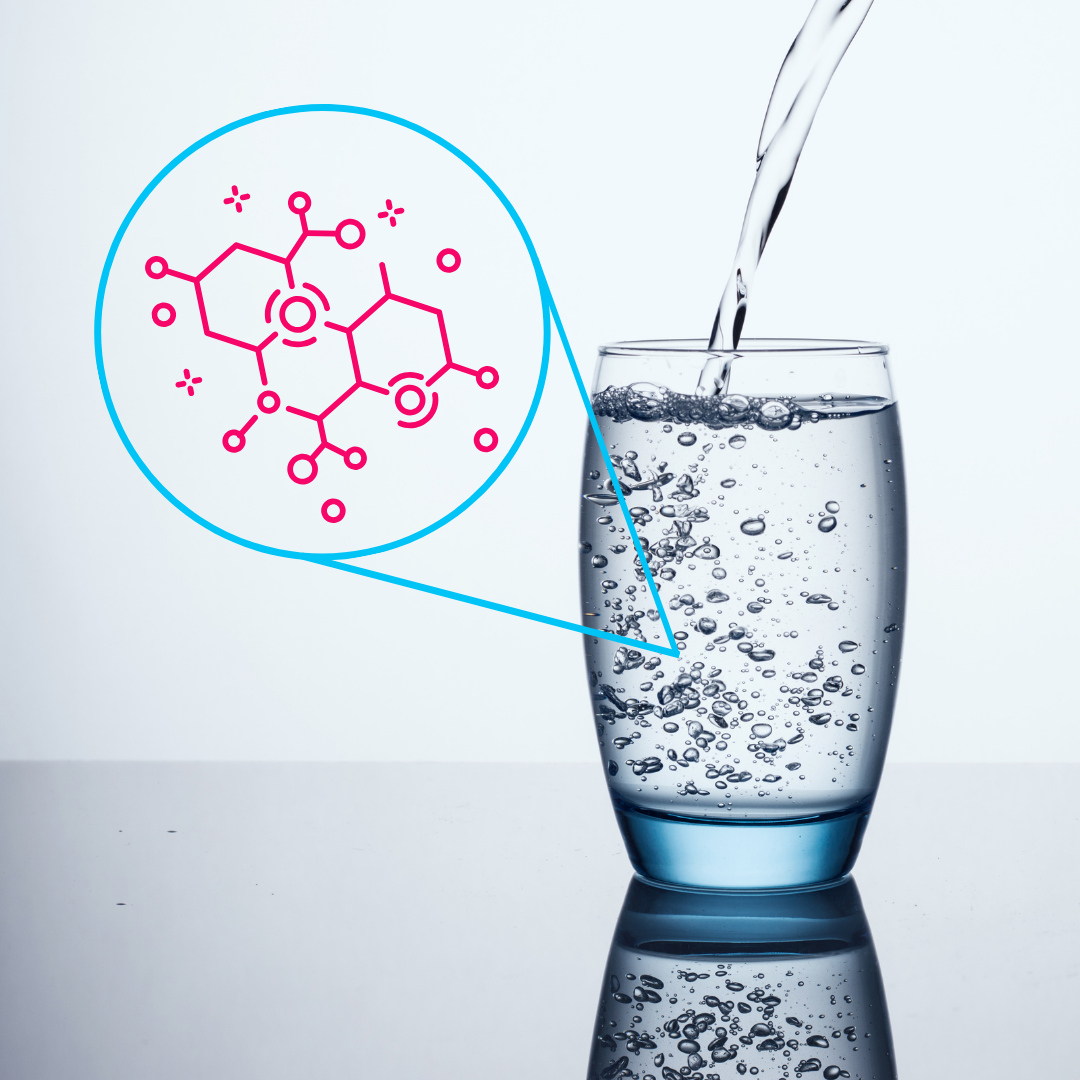In the world of water, color isn’t just a visual aesthetic; it’s a crucial indicator of quality and safety – or the lack thereof. As we approach St. Patrick’s Day, a holiday synonymous with the color green and luck, it’s fitting to explain water coloration, prior to fixing it, using advanced water purification. While the song “Dirty Water” by the Standells is a tune that resonates with the challenges of maintaining clean tap water in Boston’s history and beyond, some water companies are fearlessly tackling the task of purifying even the dirtiest of waters, right from the tap.
Green Water Prior to Water Purification
Although green-tinted water isn’t always a sign of bacteria, it is best saved for the leprechauns! After all, green water coloration is too often the result of algae blooms or copper corrosion in pipes. While seemingly harmless, according to the NRDC, such growth is spawned by an unnatural excess of nitrogen and phosphorus, which are contained in fertilizer runoff from farms and discharge from sewage treatment plants, which has the potential to create dead zones and poison tap water, as experienced in Toledo, Ohio
Beyond Green: What Drinking Water Colors Mean
However, green isn’t the only color that can taint our drinking water. Other ̈unlucky” and undesirable waters come in hues of brown, yellow, and even blue! Water coloration can signal different potential issues, including the presence of sediment, rust, or dissolved minerals. Understanding the potential causes behind these colors is vital for safeguarding our health by ensuring access to clean, safe drinking water. It is also a signal to consumers that water purification is required!
The Importance of Water Purification
While the United States is known to have safe drinking water when compared to other nations, several cities and states have experienced the high cost of regulation and infrastructure change. The Environmental Protection Agency (EPA) has set legal limits for over 90 possible contaminants, city water treatment processes are responsible for ensuring that drinking water meets those standards, always in the face of challenging surface run-off and extensive chemical treatment. Unlike many federally-funded, state-wide and city-wide infrastructure upheavals, water purification employed by independent businesses and facilities can enhance drinking water quality for good.

Bring Water Purification Systems to Businesses
Water purification by way of an innovative 6-stage filtration process featuring reverse osmosis is the best solution in our quest for clean water. Its role in removing contaminants and ensuring the safety of the drinking supply cannot be overstated; perhaps more significantly, its convenience and cost-effectiveness are more than lucky. Drinking water solutions may connect directly to the tap, transforming water quality in a way that seems magical. Businesses stand to benefit immensely from such systems, safeguarding their operations and the well-being of their employees and customers alike.
One´s journey from that ¨Dirty Water¨ to clear, pure drinking water requires dedication, innovation, and the unwavering commitment of companies like Optimum Water Solutions. Through our efforts and the implementation of water purification systems, we can turn the tide on water quality issues, ensuring that clean, safe drinking water is a reality for businesses, schools, hospitals, and care facilities across the East Coast and beyond. To learn how Optimum Water Solutions tackles your dirty water, fill out a contact form to reach someone or to learn more. Clearly. Pure. Water.



